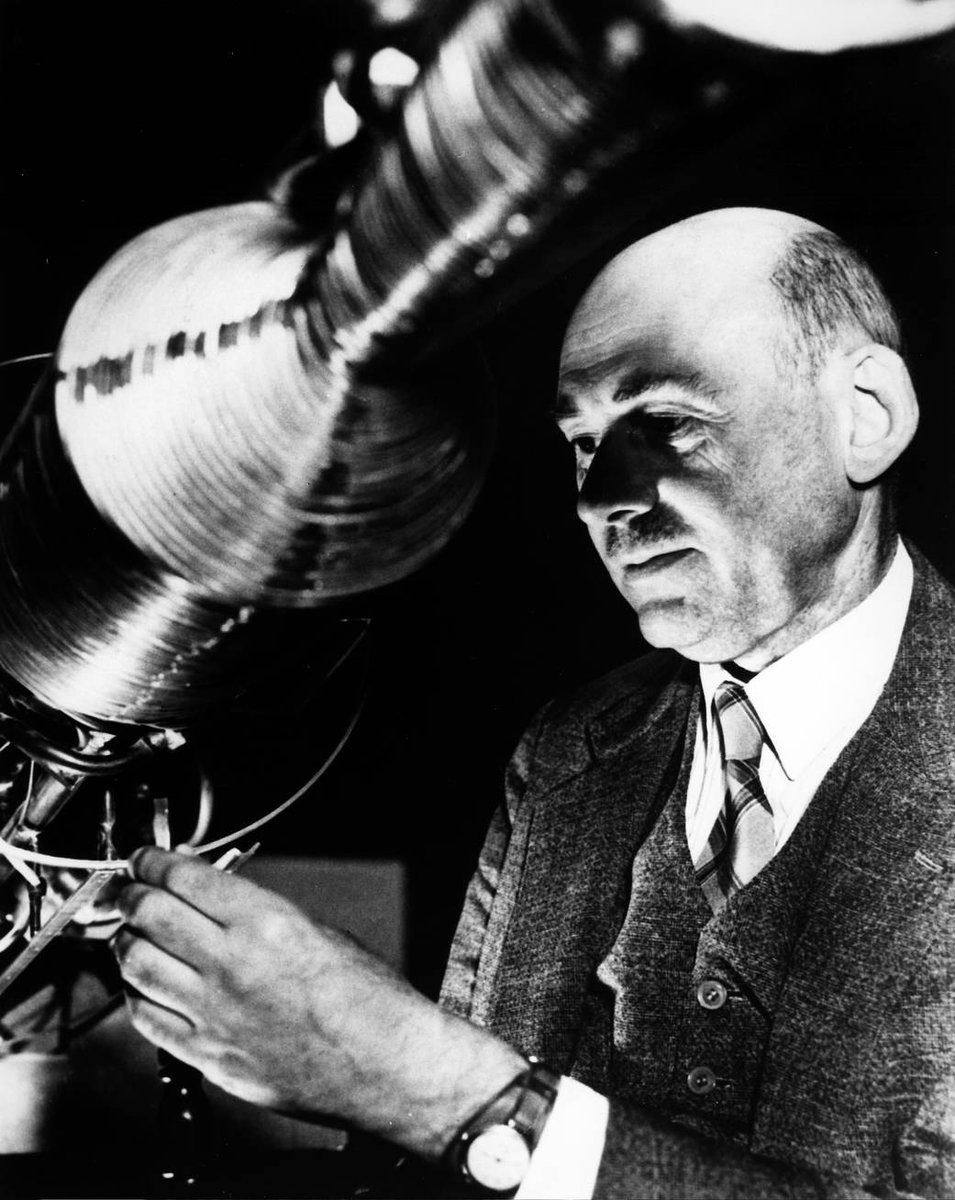Lasers. In. Space.
NASA’s got ‘em! Next year we launch a satellite with lasers, @NASA_ICESat2, to measure Earth’s changing ice #NASASocial
NASA’s got ‘em! Next year we launch a satellite with lasers, @NASA_ICESat2, to measure Earth’s changing ice #NASASocial
To measure the height of ice, ICESat-2’s instrument ATLAS will send laser light to Earth, and time how long it takes to get back
• • •
Missing some Tweet in this thread? You can try to
force a refresh









